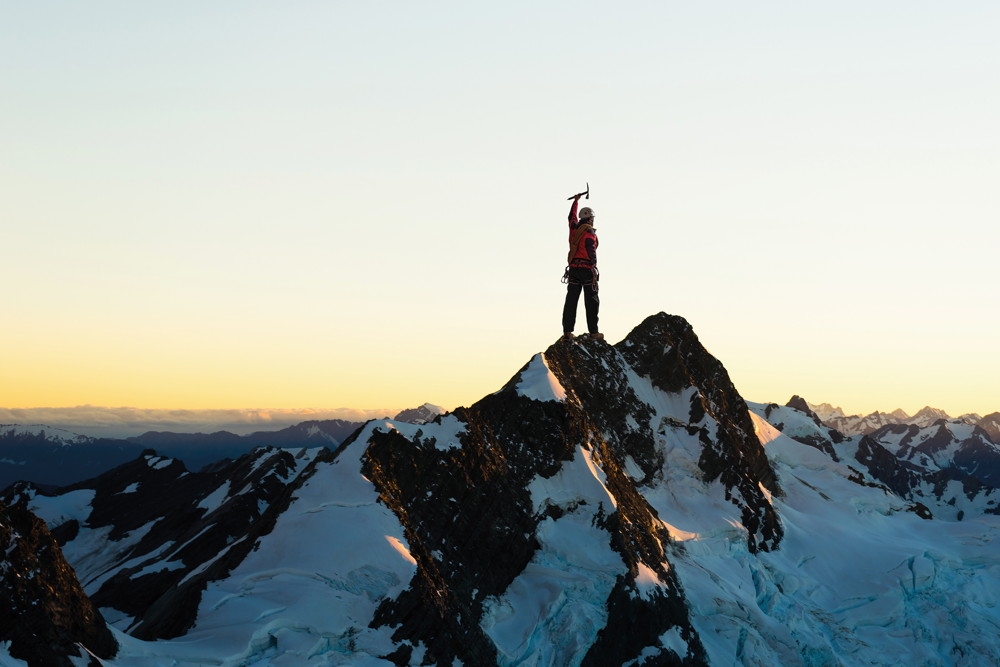- Details
- Written by: Neil Pedoe
2017 is proving to be quite a year for the climbing community, with several ‘firsts’ keeping the tops of the earth’s bumpiest bits – and perhaps secondly, the risk-takers who scale them – at the forefront of our outdoor-oriented minds. Perhaps the most astonishing – and certainly nerve-wracking to watch – are the recent exploits of American climber Alex Honnold. This 31-year-old Californian is the world’s leading free-solo climber. In layman’s terms that means he climbs without a rope or any safety gear – just a chalk bag and climbing shoes. One mistake on the rock face and he is dead. This June, Honnold performed the first rope-free climb of Yosemite’s 3,000 foot granite wall El Capitan, pulling off what experts are calling ‘the moon landing of climbing’.
The fact that El Capitan was first climbed as long ago as 1958 goes to show that just because a peak has been climbed doesn’t mean it loses its challenge or appeal. If anything it unlocks its potential; opens the door to the hopes, dreams and ambitions of the rest of the world. Other climbers will consider what might now be possible – faster, lighter, multiple ascents – while the rest of us look at the towering granite grandeur of Yosemite and think: “Wow, I’d love to go there!” or even at a push: “Maybe I’ll really try via ferrata this year…”
Everest has long been a theatre of inspirational human endeavour, with thin air, lethal weather and financial cost giving its peak extraordinary exclusivity – 10 people have died there in 2017 already. This year Everest hosted an inspirational mountain pioneer more used to grabbing headlines with his trail shoes – gear that most of us can relate to. Catalan Kilian Jornet was on the mountain to set a new speed record for the summit, which he missed. Twice in a week – the second time by 18 minutes.
But it doesn’t matter – not everyone dreams of dodging crumbling seracs and racing (or even trudging like most Everest climbers) up and down crowded fixed lines, only for a few dangerous seconds of light-headed euphoria on top of the world.
For me, Jornet’s real achievement is that he brings the mountain to our everyday lives and inspires us to step out towards our own personal Everests.
Who can read the stories of his efforts and not rekindle the desire to even just once see the Himalayan peaks in the flesh?
Of course, I would say that, because it’s what we’re trying to do too: bringing you more achievable Everests, such as Tenerife’s Teide, the Appalachian Trail’s Mount Washington, and perhaps the most important ‘first ascent’ story that can be told – that of a child’s first summit, whether it’s climbing legend Jeff Lowe’s Grand Teton climb at 7, or our writer Pete Coombs’ children bagging their first Lakeland fell.




